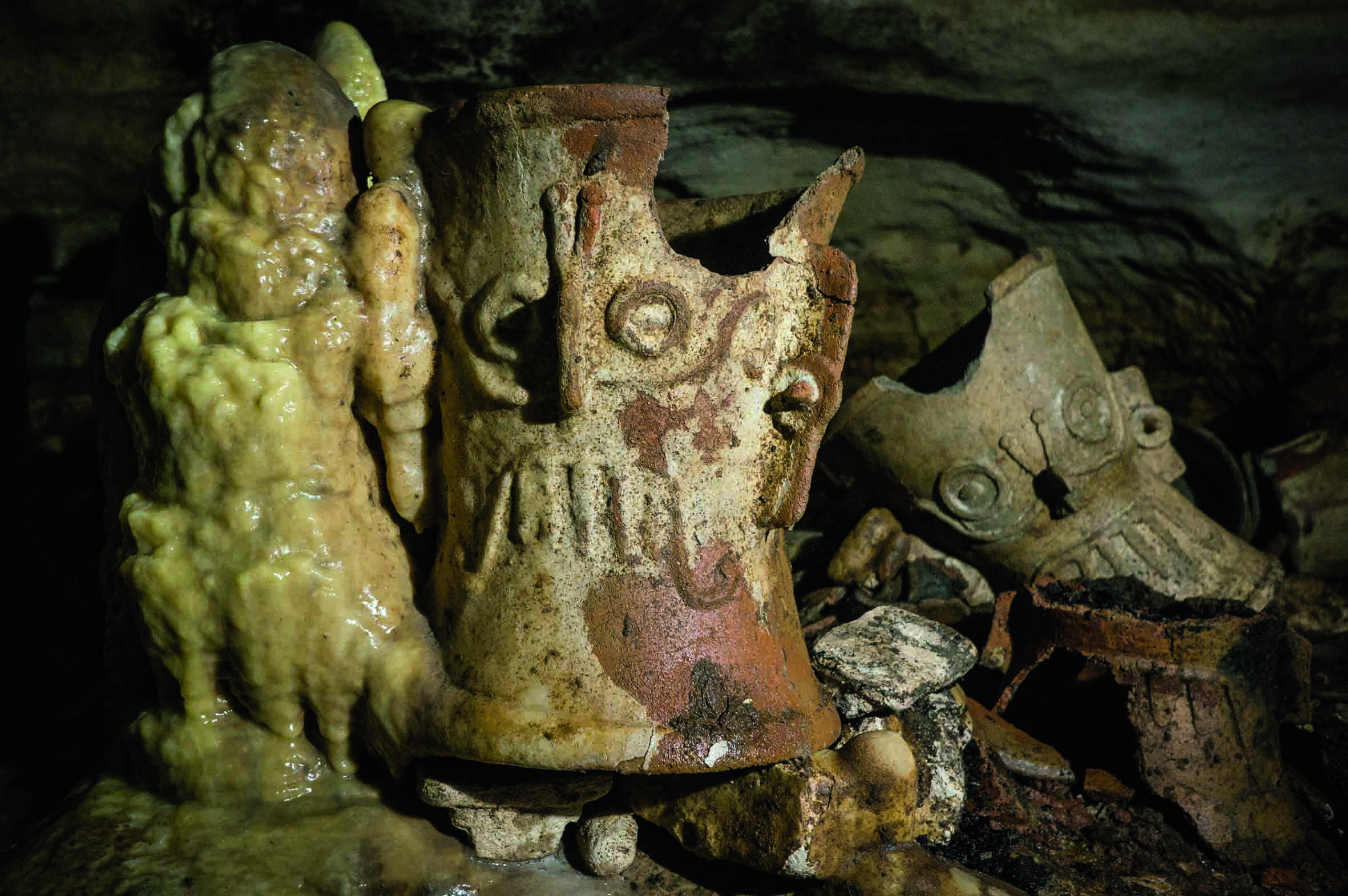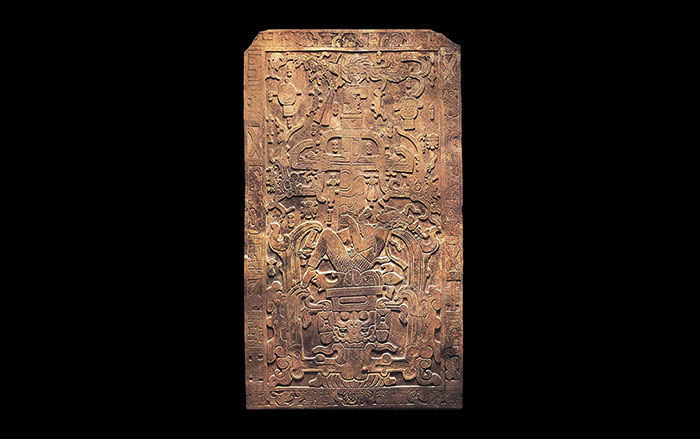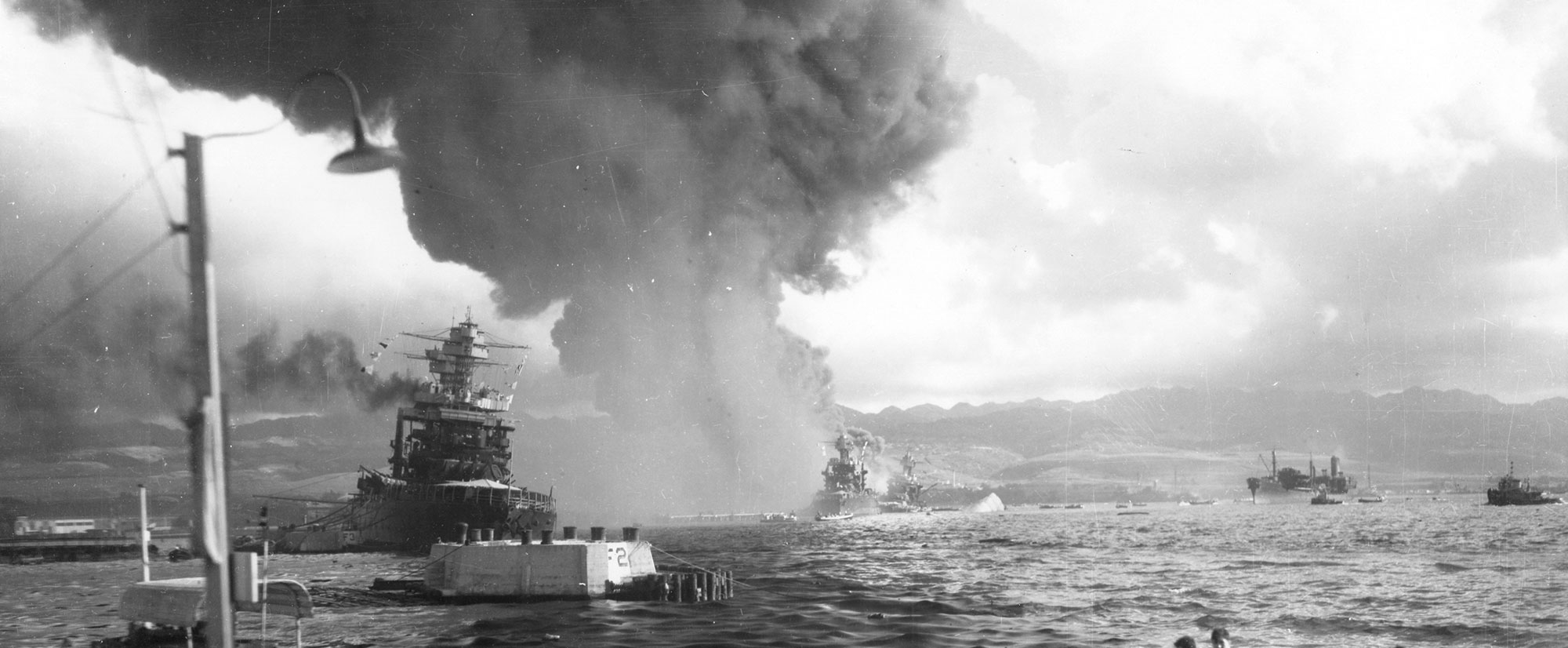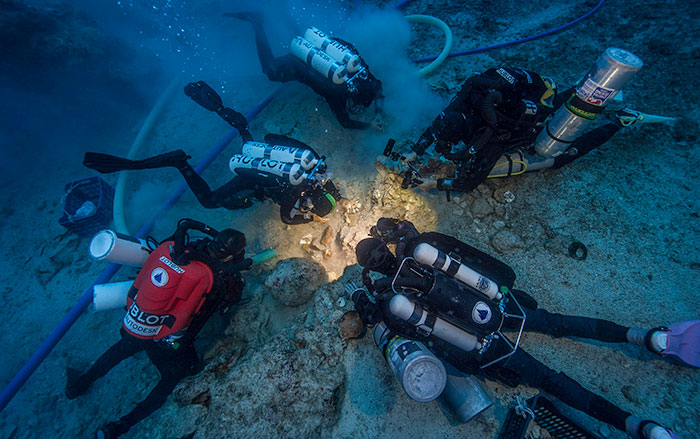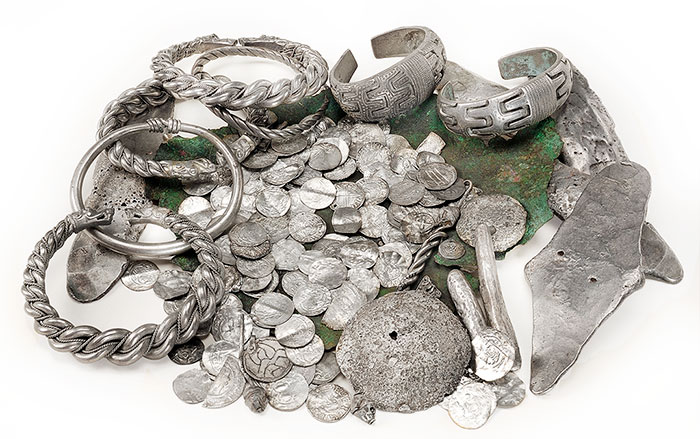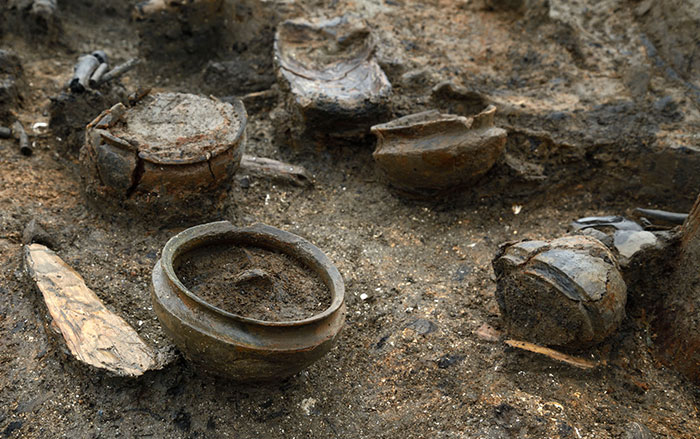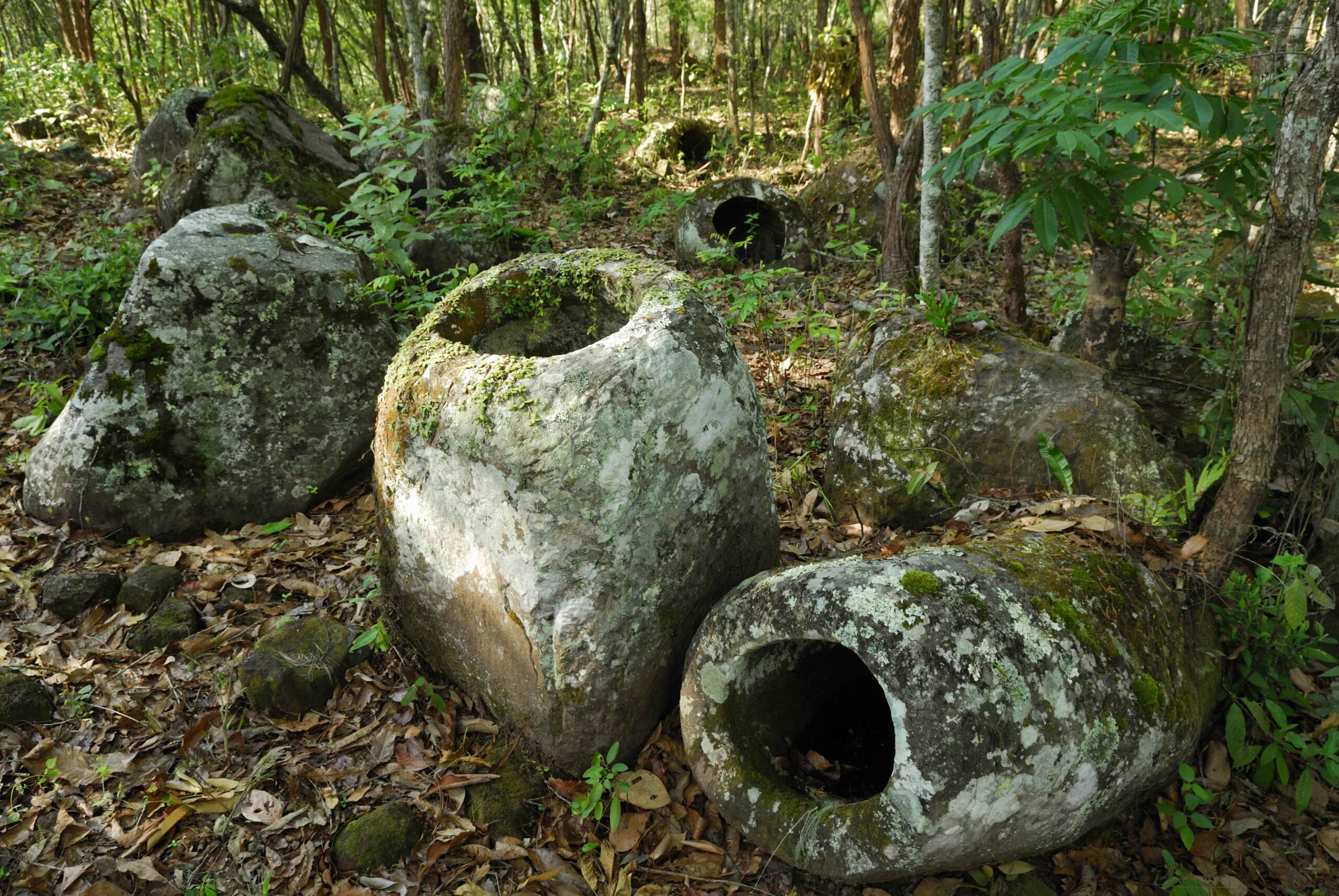
MEXICO CITY, MEXICO—According to a report in Nature, the 12,000-year-old remains of a girl known as Naia, recovered from an underwater cave on Mexico’s Yucatán Peninsula in 2007, have undergone new analysis by an international team of researchers, including scientists from Mexico’s National Institute of Anthropology and History, and the Autonomous University of Yucatán. Archaeologist James Chatters of Applied Paleoscience in Bothell, Washington, said Naia suffered from severe and repeated periods of nutritional stress, resulting in tell-tale marks on her bones and teeth. She is thought to have died between the ages of 15 and 17, perhaps because she fell into the pit where her remains were discovered. Chatters added that she had well-developed leg muscles, perhaps from walking over wide areas. She did not have the strong arm muscles, however, that are associated with the work required to grind seeds, work animal skins, and carry heavy loads. A pitted fragment of pelvic bone indicates that she had gone through labor and childbirth well before her death. “We get the sense that the lives of the first Americans were wonderful and easy,” Chatters said. “Well, it isn’t necessarily the case.” To read about an earlier DNA analysis of Naia's remains, go to "Naia—the 13,000-Year-Old Native American."


